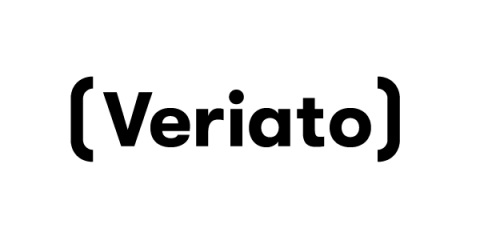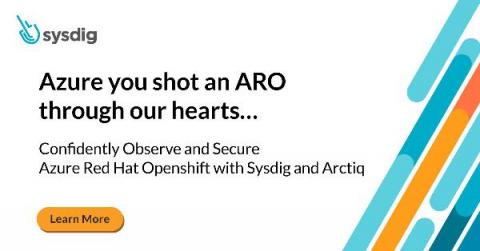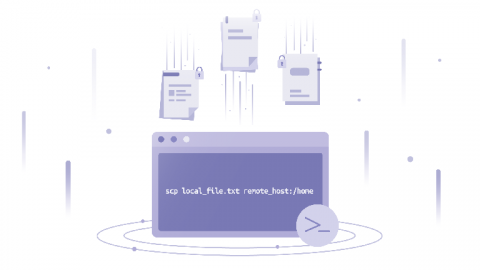Types of Wireless Network Attacks
Wireless networks have become an integral part of how we conduct our businesses. They ease many processes and help us get rid of the clutter caused by hundreds of wires yet keeping wireless networks safe poses some challenges. Wireless technologies offer convenient solutions to our needs. They are practical and fast, moreover they set us free of the clutter caused by wires and cables. On the other hand, it is no secret that wireless networks are more vulnerable to attacks and intruders.








